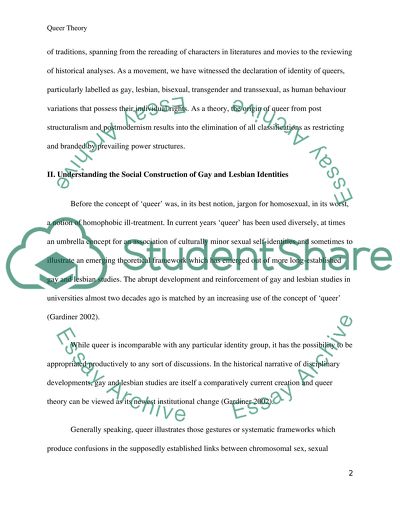Cite this document
(Queer Theory Coursework Example | Topics and Well Written Essays - 1750 words, n.d.)
Queer Theory Coursework Example | Topics and Well Written Essays - 1750 words. https://studentshare.org/gender-sexual-studies/1554916-what-is-queer-thoery
Queer Theory Coursework Example | Topics and Well Written Essays - 1750 words. https://studentshare.org/gender-sexual-studies/1554916-what-is-queer-thoery
(Queer Theory Coursework Example | Topics and Well Written Essays - 1750 Words)
Queer Theory Coursework Example | Topics and Well Written Essays - 1750 Words. https://studentshare.org/gender-sexual-studies/1554916-what-is-queer-thoery.
Queer Theory Coursework Example | Topics and Well Written Essays - 1750 Words. https://studentshare.org/gender-sexual-studies/1554916-what-is-queer-thoery.
“Queer Theory Coursework Example | Topics and Well Written Essays - 1750 Words”. https://studentshare.org/gender-sexual-studies/1554916-what-is-queer-thoery.


